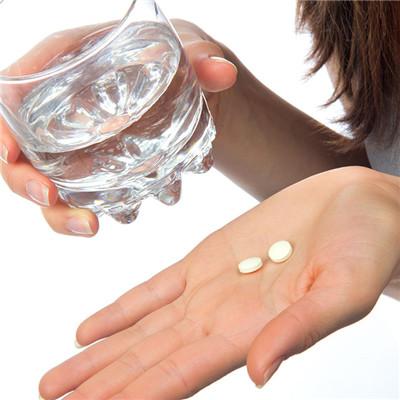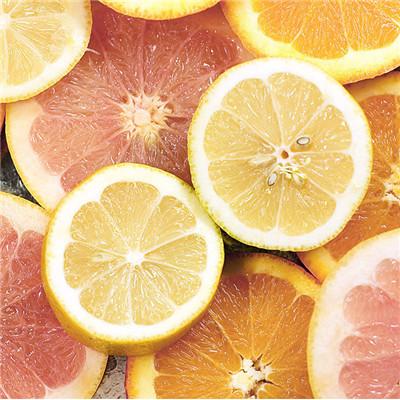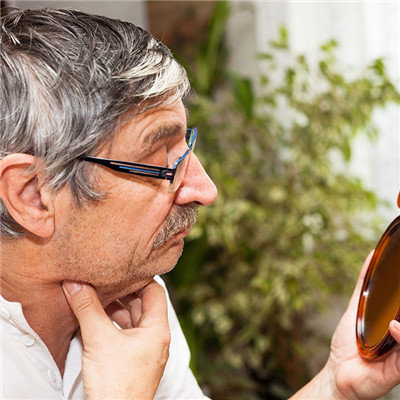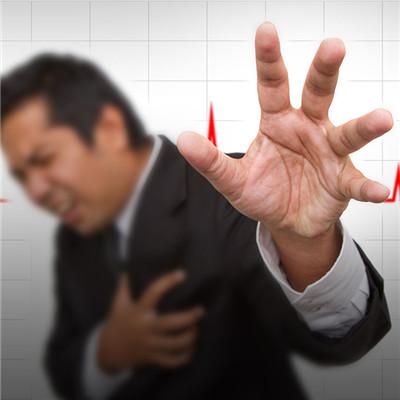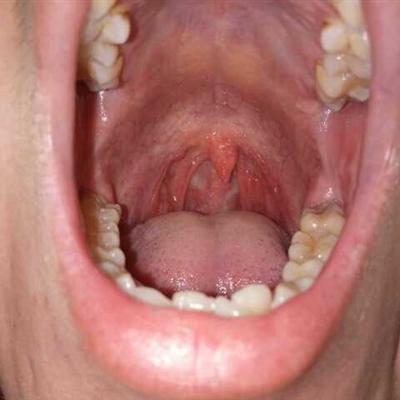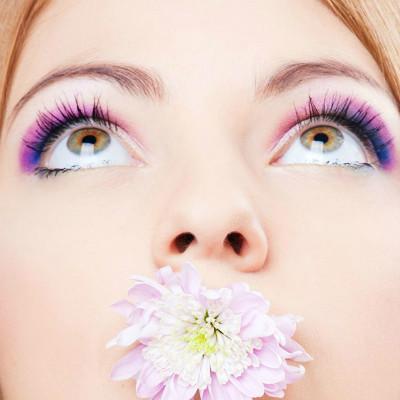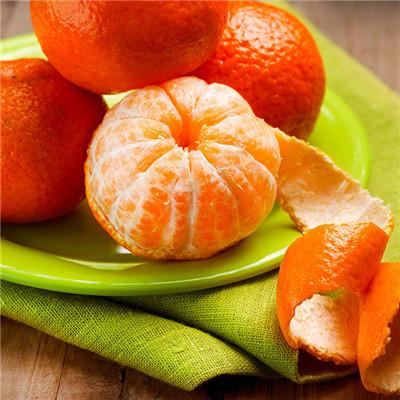Cholecystolithiasis symptoms and treatment?
summary
Gallstones are mainly found in adults, and women are more than men. The incidence rate increases with age after 40 years old. The stones were cholesterol stones or mixed stones mainly composed of cholesterol and black pigment gallstones. Cholecystolithiasis symptoms and treatment? Let's talk about it
Cholecystolithiasis symptoms and treatment?
About 60% of cholecystolithiasis patients had no obvious clinical manifestations and were found by physical examination or other upper abdominal operations. When gallstone incarceration causes obstruction of the cystic duct, it is often manifested as distension and discomfort of the right upper abdomen, similar to gastritis,
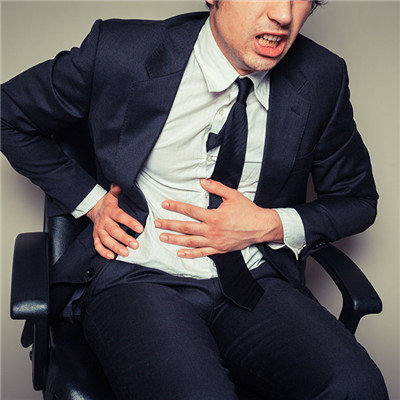
But taking drugs for gastritis is ineffective, and patients are tired of greasy food; When some patients lie in bed at night and change their body position, the stones block the cystic duct temporarily and cause pain in the right upper abdomen and upper abdomen. Therefore, some patients with gallstones often have abdominal pain at night.

In some patients, the cystic duct and the common hepatic duct run in parallel and then flow into the common bile duct. If there is stone incarceration in the neck of the gallbladder or the cystic duct, the common bile duct may be partially obstructed or narrowed due to stone compression and inflammatory edema, resulting in recurrent cholangitis. The patient has pain in the right upper abdomen, fever and jaundice. Ultrasound and laparotomy can confirm the diagnosis.
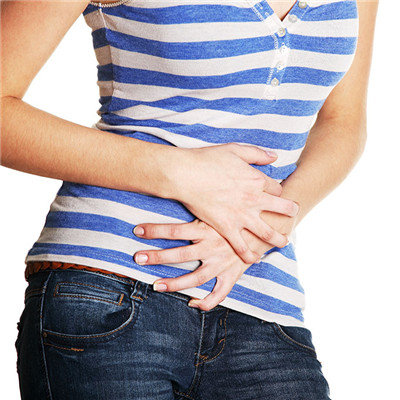
matters needing attention
Gallstones are small and may enter the common bile duct through the cystic duct. In order to avoid blind exploration and unnecessary complications, intraoperative cholangiography or choledochoscopy should be performed. After common bile duct exploration, T-tube drainage is usually required, with certain complications.
